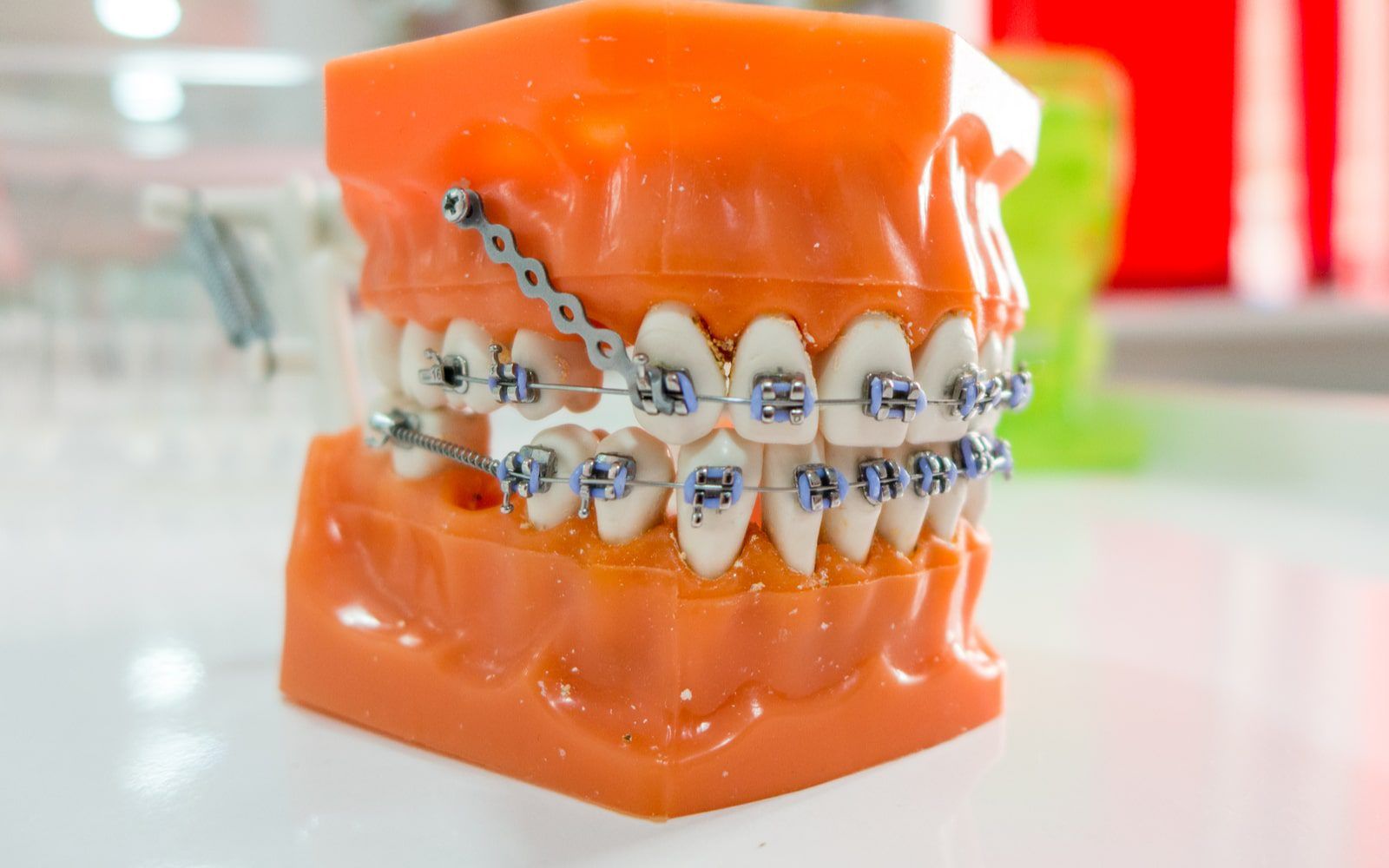What is The Orthodontic Anchorage Control Technique?

Receiving orthodontic care is a fairly common part of many people’s childhood dental experience. The benefits of addressing orthodontic concerns while the jaw is still developing are significant. The process tends to be shorter, easier, and ensure healthy growth and proper alignment of adult teeth. While your dentist is preparing for this process, they must consider numerous things. Among them are the proper adjustments to make to get the desired results. They also need to ensure that they only move those teeth that need to be adjusted. They have to determine where orthodontic anchorages will be placed to accomplish this. These anchorages ensure that the adjustment process is completed successfully with the desired results.
The Involvement Of Anchorages In Orthodontic Care
Over one hundred years ago, dentist Henry Albert Baker realized he needed a solution for securing teeth during orthodontic adjustment. The invention he created, the orthodontic anchorage, was so successful it would become a mainstay of the process. It was innovative and effective but limited in its scope. Baker’s Anchorage is still used today, but it has become just one tool in the orthodontic arsenal over time. Today, there are numerous anchorages designed to accomplish a specific goal during orthodontic treatment. The dental industry created a classification system to make the notation of these anchorages clear and easy. These classifications include:
- Site-Based Classification – There are three types of site-based classification in anchorages. The first is intraoral, describing those anchorages set within the mouth. Extraoral anchorages are rarely necessary and can involve both facemasks and headgear. There are also muscle anchorages that secure the tooth using muscle tissue.
- Quantity of Teeth – Another important classification describes how many teeth are anchored in place. A simple or primary anchorage only involves a single tooth. Compound anchorages, by extension, involve the anchoring of more than a single tooth. When an additional reinforcement is used, such as extraoral anchorages, a reinforced anchorage is formed. Reciprocal anchorages adjust two teeth towards each other, usually an equal amount.
- Space-Based Classification – There are four forms of classification that describe the adjustment of teeth in the mouth by direction. Group A primarily adjusts teeth towards the rear of the mouth. Group B adjusts teeth both forward and rear. Group C moves teeth towards the front of the mouth, while absolute anchorages adjust only the front teeth towards the back.
- Group A – Move teeth to the rear of the mouth
- Group B – Move teeth both forward and to the rear
- Group C – Move teeth to the front of the mouth
- Absolute Anchorage – Moving only teeth from the front of the mouth towards the rear.
This system provides a concise way of describing the various elements of a dental adjustment. Using it ensures that dentists have a good way of clearly describing them in your dental records. Doing so prevents confusion and improves readability for the dentist, their staff, and other professionals.
Involve Your Dentist In Any Orthodontic Choices
This guide was developed to help parents considering orthodontic care in making informed choices. In today’s pandemic-influenced environment, it’s common for patients to seek mail-order orthodontics both for savings and convenience. However, there are many aspects of orthodontic treatment that orthodontists can’t handle remotely. Therefore, involving a local dentist is the only way to ensure safe and effective orthodontic care.

